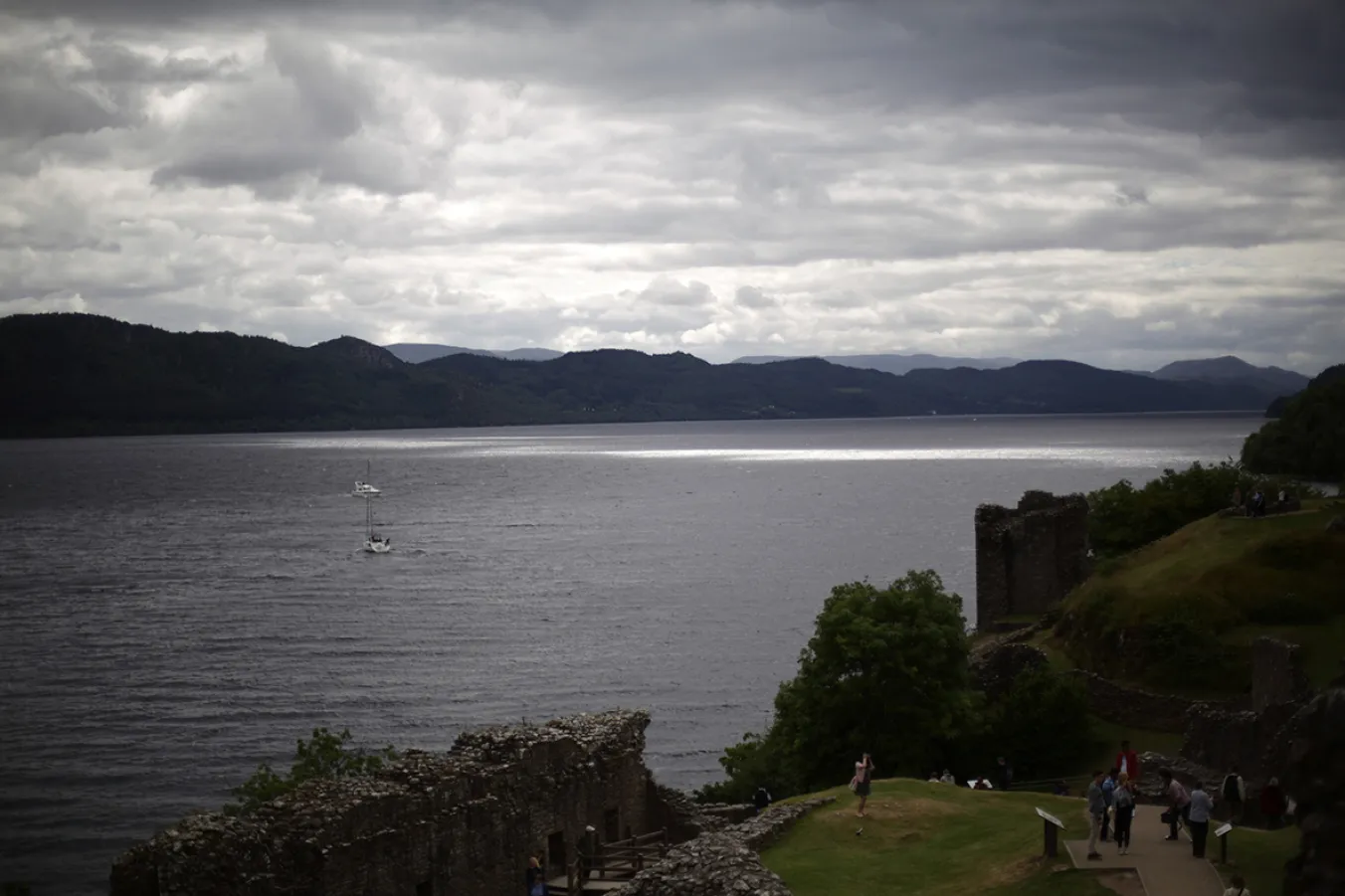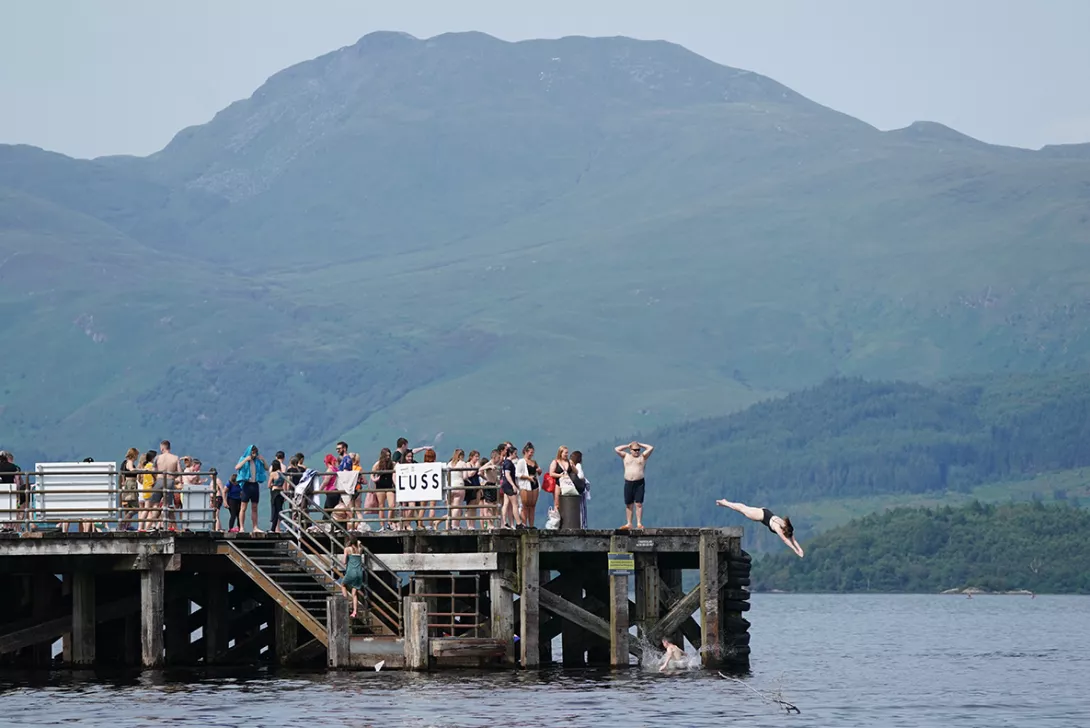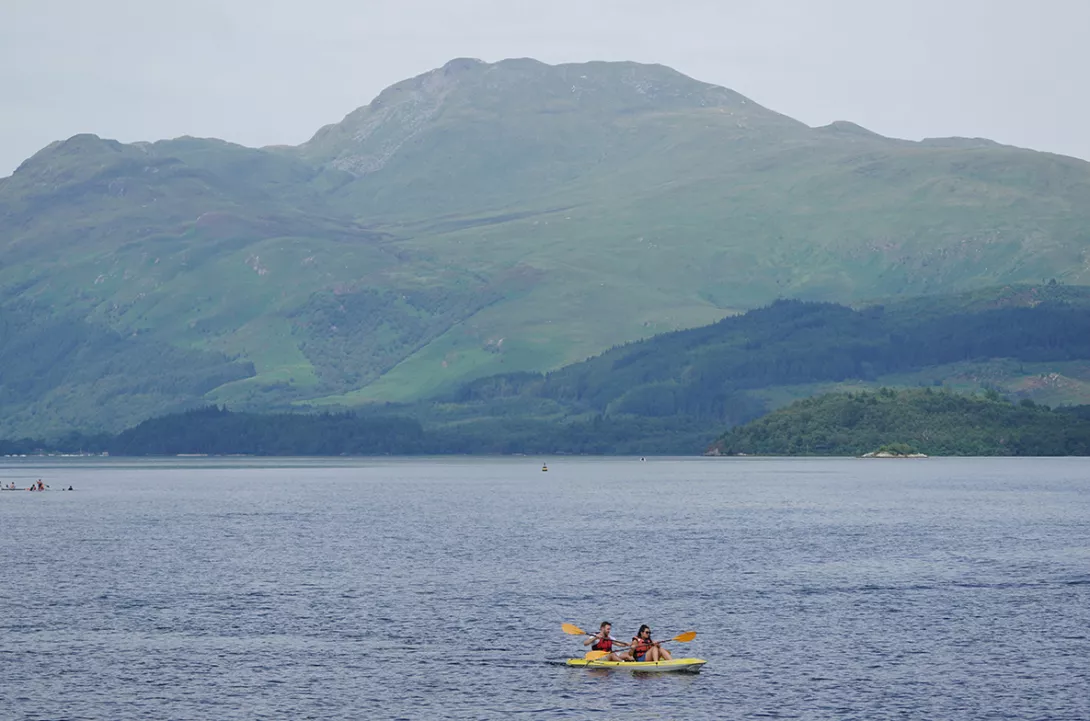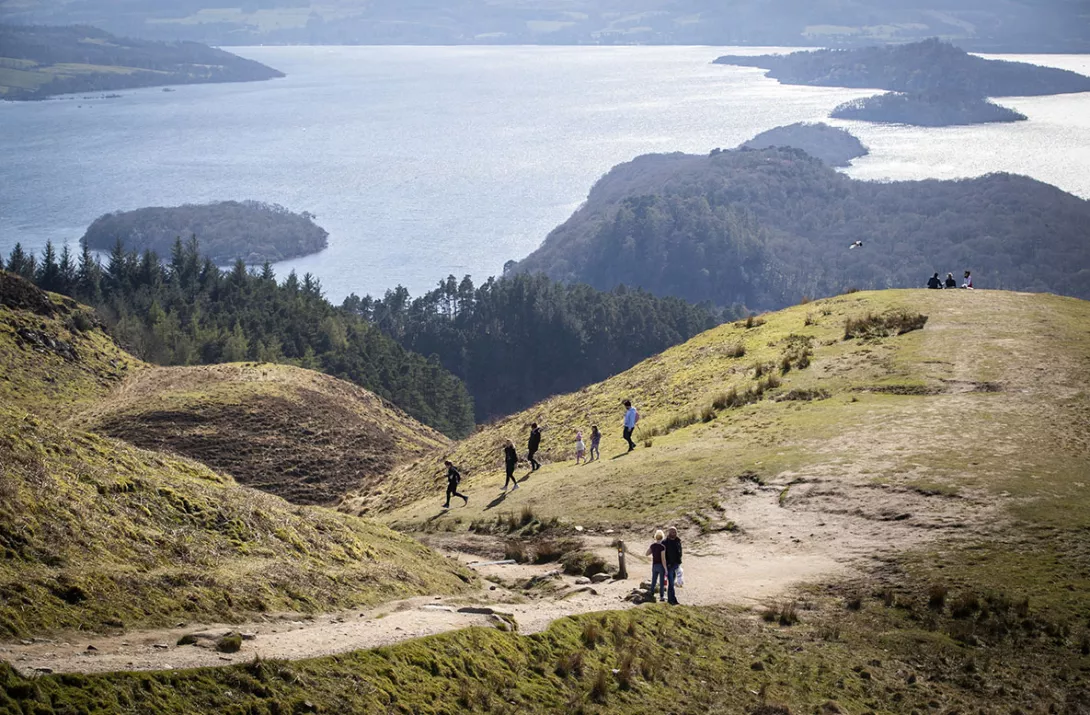
AFTER almost 40 years when no new pump storage hydro (PSH) schemes were developed in Britain, there is now a gold rush by developers seeking new sites.
The switch from fossil fuels to renewables, which tend to produce power more intermittently, means more long-duration energy storage is required. Portrayed by some as a novel solution to generation intermittency, this mature form of energy storage is now finding a new, global, lease of life.
Climate change is the greatest threat to our native biodiversity, including wild salmon, and we are fully supportive of the de-carbonisation of the national grid. However, while we are not against PSH per se, we strongly believe that such projects should be located where the environmental risks are lowest.













